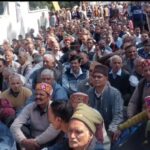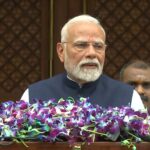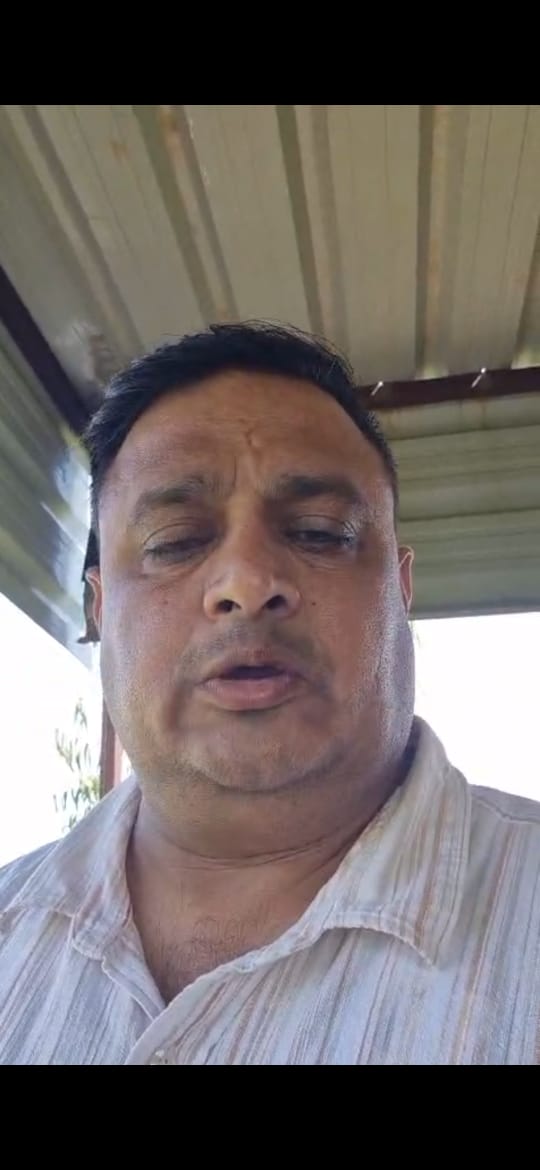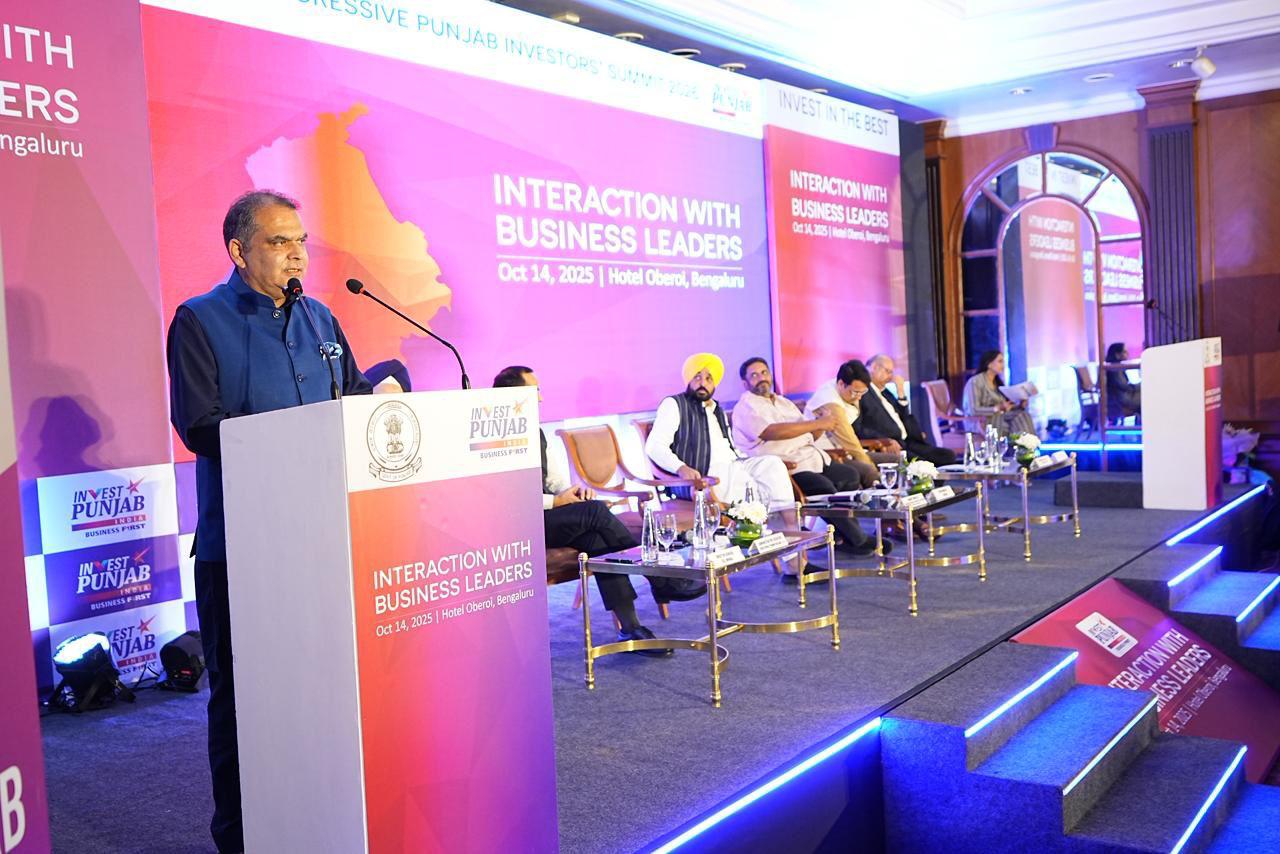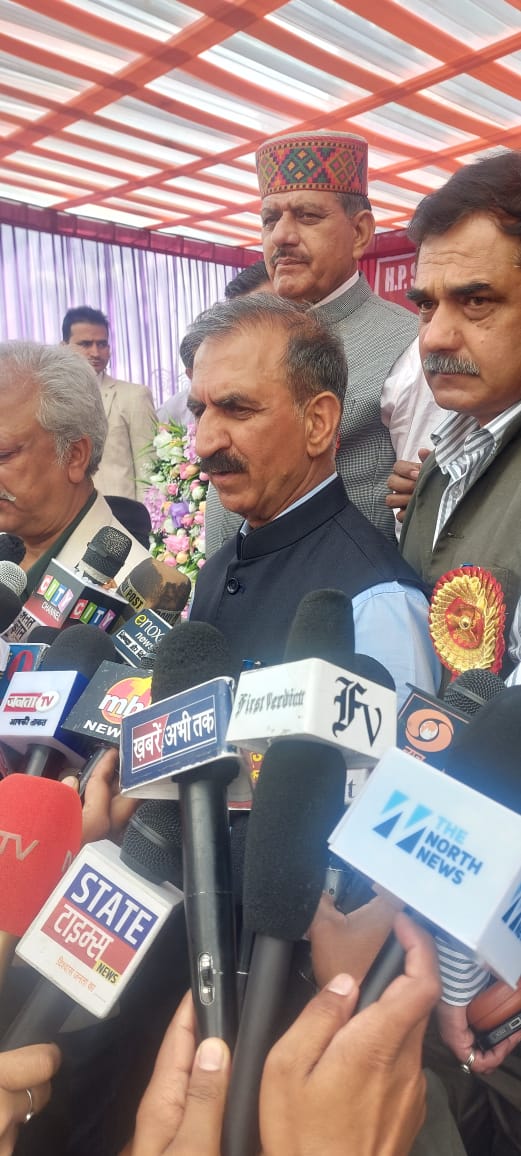KIRAN DEEP
The North News
Chandigarh, February 27
Few events in modern India’s history remain as searing as the anti-Sikh riots of 1984, a wave of orchestrated brutality that erupted in the wake of then Prime Minister Indira Gandhi’s assassination on October 31, 1984, by her Sikh bodyguards. The pogrom left at least 2,800 people dead in Delhi alone, with survivors enduring decades of legal and political indifference.
This week, former Congress MP Sajjan Kumar, a central figure accused of inciting the violence, was handed a second life sentence for the murder of Jaswant Singh and his son, Tarundeep Singh, in the Saraswati Vihar of Delhi. Yet, for the families who have spent forty years fighting for justice, the verdict feels inadequate. Their demand has been clear: nothing short of the death penalty would match the scale of the crime.
The 1984 riots were not just an eruption of mob violence; they were enabled by the very institutions meant to uphold law and order. Police either turned a blind eye or, in many cases, actively aided the rioters. Complaints were ignored, FIRs remained unregistered for years, and the accused—rather than facing consequences—found themselves politically rewarded. Kumar himself served three terms as a Lok Sabha MP, his influence shielding him from prosecution until 2018. The message was clear: power could erase culpability.
The gruesome nature of the crimes—men burned alive with tyres around their necks, families torn apart, homes set ablaze—warranted the strictest of punishments. Yet, for decades, impunity prevailed. Many survivors were forced to seek refuge in gurdwaras, their lives reduced to a footnote in political discourse.
While the Delhi court acknowledged the “brutal and reprehensible” nature of the killings, it ruled out the death penalty, citing Kumar’s advanced age, health conditions, and alleged potential for reform. But does a man convicted of orchestrating multiple murders, with a history of evading justice, deserve such leniency? Senior counsel HS Phoolka, representing the victims, argued that the gravity of Kumar’s crimes met the legal threshold for capital punishment. The prosecution went further, describing his role as nothing short of genocide and ethnic cleansing—systematic, state-sponsored violence that targeted a community.
The victims’ families remain unconvinced by the court’s rationale. To them, this is not just about individual punishment; it is about setting a precedent that crimes of this scale will not be tolerated. Justice delayed for forty years is justice denied, and the wounds inflicted in 1984 remain raw precisely because accountability has been slow and selective.
Even as Kumar’s conviction marks a milestone, the larger question remains: how many others responsible for the riots remain unpunished? How many political careers flourished despite their complicity? And what does this say about a system that repeatedly fails to deliver justice to victims of communal violence?
For the survivors of 1984, legal victories—however delayed—offer a semblance of closure. But true justice would mean ensuring that such state-enabled violence never happens again. Until the legal system unequivocally holds perpetrators accountable, the spectre of 1984 will continue to haunt India’s democracy. The victims and their advocates stated that they will appeal to the High Court and approach the Supreme Court to seek the death penalty for Sajjan Kumar.






